Cruise Ad Insults Human Drivers, Gets Criticized

Last week, General Motors published an advertisement for its Cruise autonomous vehicle company in The New York Times. The marketing effort makes the claim that “humans are terrible drivers” and has subsequently been chided by former NHTSA administrator and safety advocate Joan Claybrook.
The ad in question states that human drivers cause millions of accidents each year and asserts that “Cruise driverless cars are designed to save lives.” But Claybrook and the Advocates for Highway and Auto Safety are accusing GM of being overzealous with an untested product in addition to exercising some bad taste with its marketing materials.
"Using the pain and suffering of those deaths for self-promotion of an unproven and unsafe product is unscrupulous," Claybrook said in a statement distributed by the safety group and shared by Automotive News.
Autonomous vehicle companies have been leaning on safety as their biggest selling point and there’s no shortage of lobbying efforts coming from the industry to sway regulators. But the fact remains that self-driving vehicles have under-delivered. Automakers made some lofty promises during the 2010s, with many making assurances that autonomous vehicles would be commercially viable before 2020.
But that’s not how things panned out as we received rolling reports of programs running into issues. Meanwhile, AV companies are waging a public relations battle. Cities hosting self-driving test vehicles are starting to see residents complaining and there’s no shortage of reporting done whenever one fails to negotiate a construction zone, strikes another vehicle, panics at a stoplight, or runs over a dog.
Of course, companies like Cruise want to focus on the fallibility of human drivers while asserting that their products will ultimately lead to safer streets. But this is the same line they fed Congress in 2016, backed by assurances that the systems would be broadly available by the mid-2000s.
"Local leaders and regulators need to safely explore every option possible to reverse the horrific status quo on our roads, instead of blocking a critical technology with a strong safety record," a Cruise spokesperson told Automotive News. "Last year pedestrian deaths in the United States reached their highest levels in 40 years, often due to preventable human error, and the public deserves to know that there's a promising emerging technology that could help improve road safety."
From AN:
Cruise won approval to charge for its robotaxi rides in parts of San Francisco last summer and has since begun testing the service in Phoenix, Ariz., and several cities in Texas. In San Francisco, Cruise rides are currently only allowed to charge in a limited portion of the city and during daylight hours. The company has requested expansion of approval to allow for paid rides to take place anywhere in the city at any time of day. The California Public Utilities Commission is expected to vote on that request Aug. 10.
The advertisements were part of a push ahead of the vote to approve the permit, the Cruise spokesperson said.
Claybrook said Cruise's claims in the advertisement were neither "convincing" nor "credible."
"There are real-world accounts about the havoc Waymo and Cruise robotaxis have inflicted on San Francisco roadways and its citizens," Claybrook said, mentioning local officials' concerns about safety incidents with Cruise and Waymo-owned vehicles operating on public streets. "Their collective experience highlights the dangers, which have disrupted police activity, hampered firefighting and blocked local streets and intersections."
But Cruise has claimed the first million miles driven by its test vehicles boasted 54 percent fewer collisions overall than human drivers in a comparable driving environment and 73 percent fewer collisions with meaningful risk of injury.
Meanwhile, Acting NHTSA administrator Ann Carlson announced that the regulatory agency plans on publishing proposed rule changes for autonomous vehicles that would allow companies to put many more examples on the road in exchange for sharing the accumulated data with the government. It’s facing some opposition and even a campaign where activists place road cones on the hoods of vehicles to confuse and disable them.
[image: Cruise]
Become a TTAC insider. Get the latest news, features, TTAC takes, and everything else that gets to the truth about cars first by subscribing to our newsletter.

A staunch consumer advocate tracking industry trends and regulation. Before joining TTAC, Matt spent a decade working for marketing and research firms based in NYC. Clients included several of the world’s largest automakers, global tire brands, and aftermarket part suppliers. Dissatisfied with the corporate world and resentful of having to wear suits everyday, he pivoted to writing about cars. Since then, that man has become an ardent supporter of the right-to-repair movement, been interviewed on the auto industry by national radio broadcasts, driven more rental cars than anyone ever should, participated in amateur rallying events, and received the requisite minimum training as sanctioned by the SCCA. Handy with a wrench, Matt grew up surrounded by Detroit auto workers and managed to get a pizza delivery job before he was legally eligible. He later found himself driving box trucks through Manhattan, guaranteeing future sympathy for actual truckers. He continues to conduct research pertaining to the automotive sector as an independent contractor and has since moved back to his native Michigan, closer to where the cars are born. A contrarian, Matt claims to prefer understeer — stating that front and all-wheel drive vehicles cater best to his driving style.
More by Matt Posky
Latest Car Reviews
Read moreLatest Product Reviews
Read moreRecent Comments
- BlackEldo Anal grotto is NOT going to be happy about that H/K engine quip...
- Tassos GOOD CAR GOOD PRICE. MILEAGE IS DECENT CONSIDERING HOW LONG HONDAS LAST. THUS SPOKE REAL TASSOS. BIDEN DOLLARS
- Jimbo1126 $29,995? Chevy boasting that? It still looks like it starts at $19,995 and you know it's true.
- Tassos Money IS no object for me, but I would NEVER live in such a LOSER building.The REAL Tassos.
- Bd2 None of this would have happened had Hillary Rodham become president in 2016.



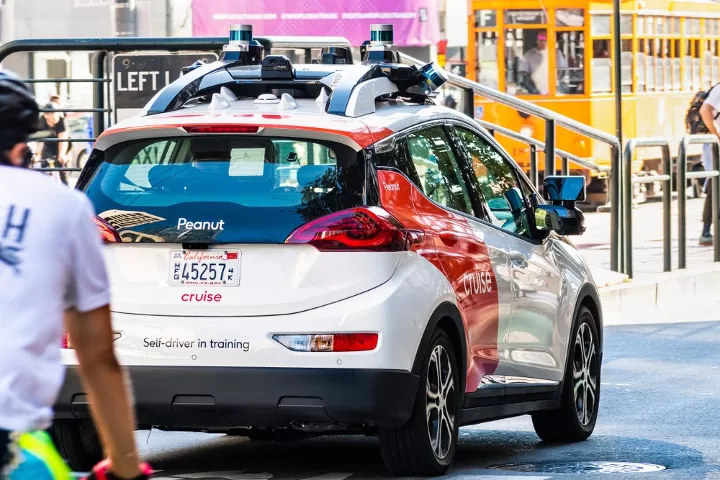















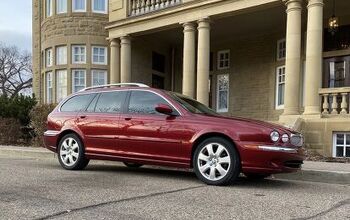

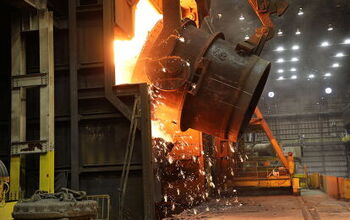
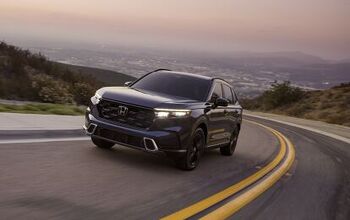

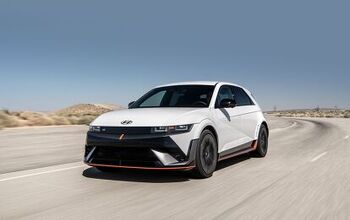
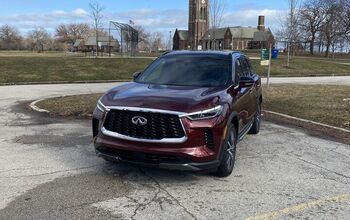
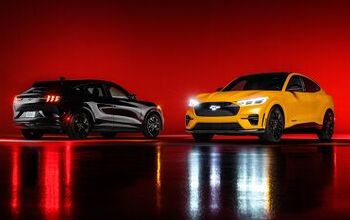
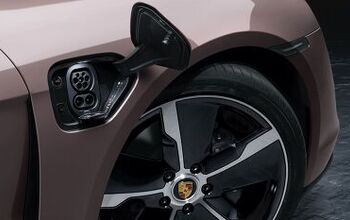
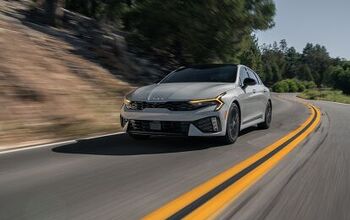



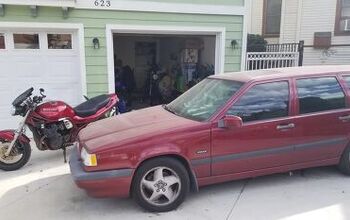
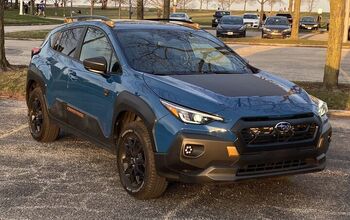
Comments
Join the conversation
The GM ad, as paraphrased here, is logically inconsistent and, as such, should not be taken seriously. End of line
Huh! Wouldn't you know, I actually agree with GM for once; Humans are, on average, terrible drivers. Nearly every automotive crash is due to operator error, either during the act of driving or in the poor maintenance of that vehicle, ignoring and sometimes actively blanking Check Engine lights and other alerts. And sometimes the human causing the crash doesn't even get physically involved in the crash, typically by forcing someone to react to their idiocy, which results in some of the worst freeway crashes I've ever seen.